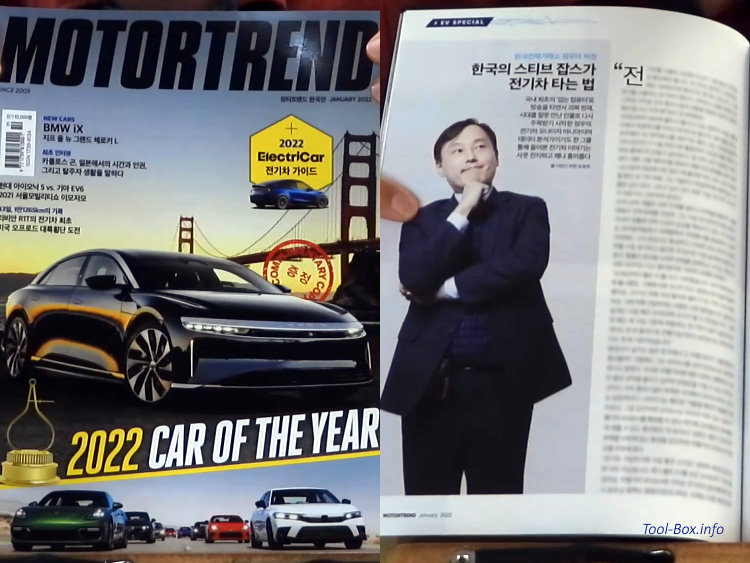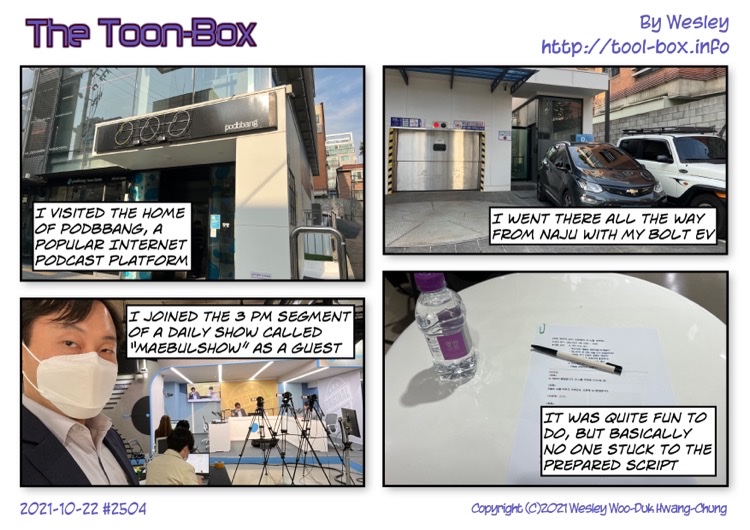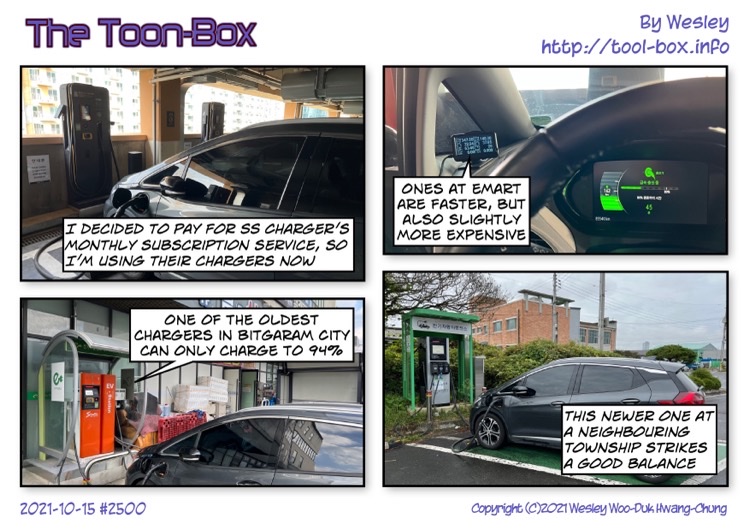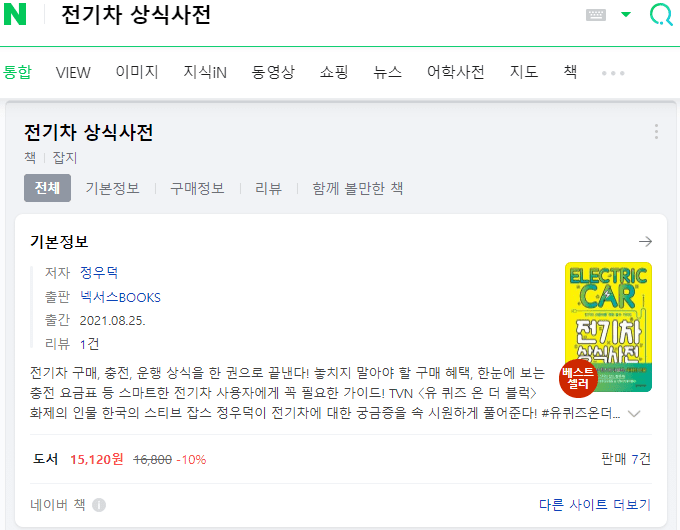Interview in the January 2022 issue of MotorTrend Korea
Posted by Wesley on
Earlier this month, MotorTrend Korea did an interview and a photo shoot with me at a coffee shop since they wanted to do an article on an EV specialist. The result of this appears on the January 2022 issue as a part of the special focus on the electric vehicles. It was a great opportunity to talk about the present and the future of the EVs, as well as promote a bit about my book.
Defined tags for this entry: Bolt EV, car, electric vehicle, interview, magazine, MotorTrend, Wesley Woo-Duk Hwang-Chung




